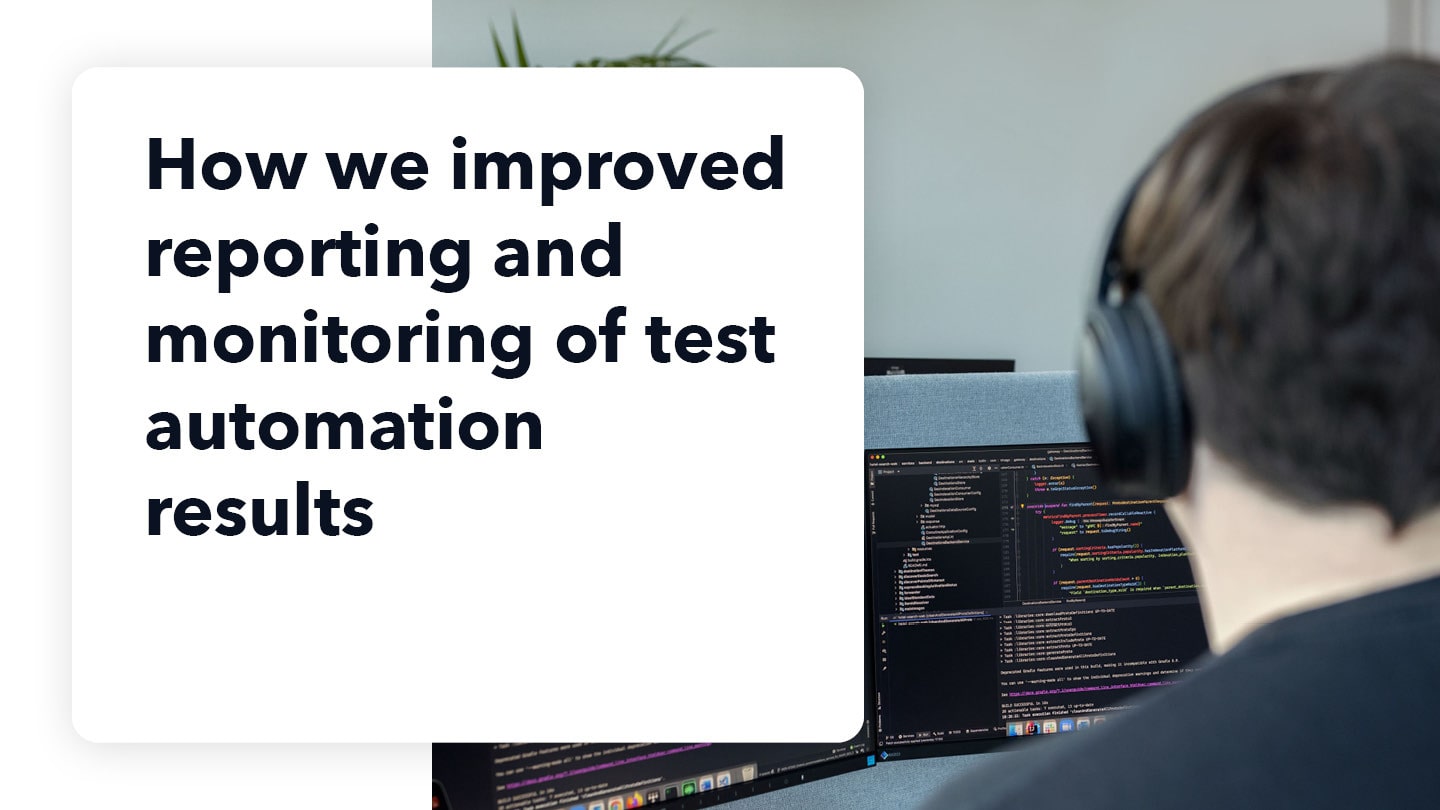Over the last few years, we completely refactored what was described in our previous article about how we use the ELK stack for an overview of our test automation results, but some core concepts remain valid and applicable.


Over the last few years, we completely refactored what was described in our previous article about how we use the ELK stack for an overview of our test automation results, but some core concepts remain valid and applicable.

At trivago, we use a Cucumber based framework for end-to-end tests of our most important web applications. Cucumber stores test result as JSON files which can be turned into human-readable test reports.

At trivago, we are using an in-house developed Selenium framework based on cucumber-jvm to run automated browser tests. As the test suite increased (the time exceeded 45 minutes for a full run), we were looking for ways to move away from sequential towards parallel execution. For Cucumber, there are actually not that many options available:
Tackling hard problems is like going on an adventure. Solving a technical challenge feels like finding a hidden treasure. Want to go treasure hunting with us?
View all job openings
Follow us on